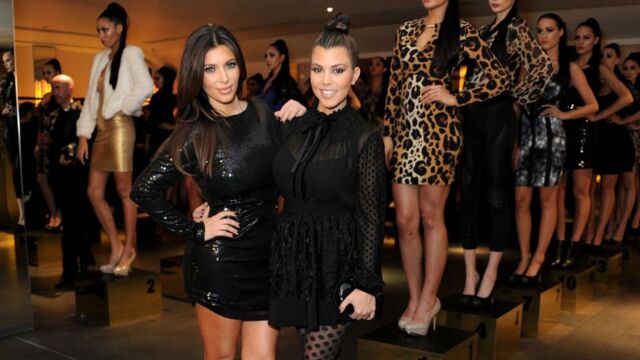Clothing sizes are a sensitive topic in a society obsessed with body image, we often use them as a guide to judge the acceptability of our bodies. Sadly, we might be putting more trust into the numbers on the labels than we should.
Discover our latest podcast
Fashion brands figured out that sizing matters - but mostly for their profits. Here is how they use it to trick us into buying more clothes.
Where do sizes come from

Back in the day clothes were custom-made so the sizing wasn’t a problem. Though the first attempts to size clothes date back to the Middle Ages, the clothing industry didn’t come to standard sizes until mid last century.
Women’s fashion was not so fast to abandon its close body-fitting practices, which delayed the development of sizing systems and ready-to-wear clothing. Women who could afford to visit a tailor were likely to have non-standard body measurements, the result of years of wearing corsets, and so the size patterns used to make garments for them were not representative of female populations at large.
Between 1908 and 1913, Paris fashion finally moved away from the corseted figure, and a more natural shape began to make way for the development of affordable, ready-to-wear women’s clothing. Women’s attitudes towards wearing readymade clothing also began to change. Through trial and error, this led to the creation of sizing systems around the world.
But as the average size of women changes over time, how do brands deal with it?
It turns out, as companies learned to mass-produce and size clothes, they’ve also learned to manipulate the shoppers.
Vanity sizing

According to JoAndrea Hoegg, a professor of marketing and behavioural science at the University of British Columbia, designers and brands figured out that the smaller the size that fits, the more likely a shopper is to buy it.
Vanity sizing is the phenomenon of clothing manufacturers assigning smaller sizes to larger clothing items. It has been around for decades and it is primarily the fashion industry’s response to making us feel better about ourselves as the ‘average’ size keeps getting bigger. What was a size 10 thirty years ago is now a size 6.
Almost all brands use vanity sizing. There is a difference in sizing from brand to brand because many fast fashion companies use arbitrary sizing due to the speed of the production cycle, or base the numbers on their own 'fit model'. For shoppers, it means that no size 8 is the same, which creates confusion and leads to more returns in the industry.
How to buy clothes that actually fit?

It is difficult to find one person with a size and length exactly according to the standard measurement. Many people say that they don’t know what ‘true to size’ even meansor what their ‘true size’ is.
Reading sizing charts can be more useful than trusting the number on the label. In fact, you can ignore the label altogether as there is a high probability that the clothes are not sized correctly. To buy a garment that fits perfectly, measure your own body - height, shoulders, waist, hips, and bust size, without sucking in anything - with a plastic measuring tape and compare the results with the data in a size chart.
This approach will help save money on pieces you’ll never wear and save the planet from sending more fashion items to landfills.
Sources used:
- EmpoWord: 'One size fits None'
- Lauren & North: 'Why clothing sizes don’t matter and what to do instead'
- Time: 'Inside the fight to take back the fitting room'
Read more:
⋙ Tired of dull-looking white shoes? Here's how o make them look like new
⋙ Are you a Fast Fashion or a Slow Fashion person? Here is the difference explained
⋙ Tired of dull-looking tarnished silver jewellery? Here is how to bring it back to life















